Health Insurance Coverage For Wisconsinites Hits New High In 2015
The share of Americans covered by health insurance reached a never-before-seen high in 2015, both nationally and in Wisconsin, which retained its ongoing position as one of the best-covered states in the nation.
December 7, 2016
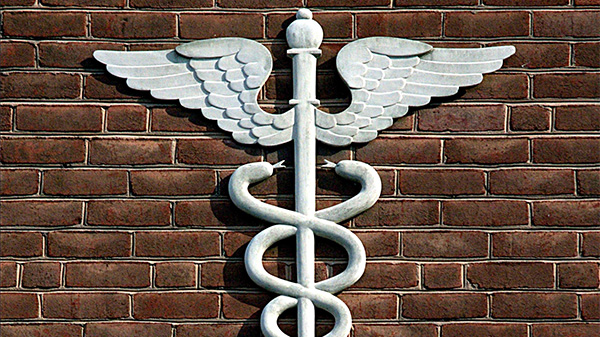
Caduceus on brick wall

The share of Americans covered by health insurance reached a never-before-seen high in 2015, both nationally and in Wisconsin, which retained its ongoing position as one of the best-covered states in the nation.
More than 90 percent of Americans now have health insurance coverage, up from 85.5 percent in 2013 and 88.3 percent in 2014. In Wisconsin, health insurance coverage went up from 90.9 percent in 2013 to 94.3 percent in 2015. Wisconsin achieved its highest health insurance coverage rate in 2015 since the American Community Survey started keeping track in 2009. Wisconsin ranks seventh among all states in terms of the share of residents covered in some way.
Nearly 21 million more people are now covered by health insurance as compared to 2013, before implementation of the Affordable Care Act. The law, also known as “Obamacare,” includes provisions intended to expand health insurance options for uninsured legal residents.
An analysis by the University of Wisconsin Applied Population Laboratory shows evidence of historic gains in health insurance coverage among adults ages 18-64. Coverage for these working-aged adults was up significantly in all but three states in 2015, increasing nationally to 87 percent from 84 percent in 2014. The increase in Wisconsin was from 87 percent to 90 percent in Wisconsin, the highest rate of insurance coverage in the state’s history. This analysis is based on 2015 one-year American Community Survey data from the U.S. Census Bureau.
Health insurance coverage also increased among children and people living below or near the poverty level.
Wisconsin was among states that saw statistically significant increases in health insurance among kids in 2015: 96.4 percent are now covered, compared to 95.6 percent in 2014, and 95.3 percent in 2013. This increase represents more than 15,000 additional Wisconsin children with insurance coverage.
Coverage rates for people living below or near the federal poverty level jumped nationally from 79.1 percent in 2014 to 82.8 percent in 2015, and Wisconsin was among the 40 states with statistically significant increases for this group. Additionally, Wisconsin had a big increase in the share of people living below 138 percent of the poverty line with some form of insurance for the second year in a row. The additional percentages covered in this subpopulation was 3.3 percent in 2014 and 4 percent in 2015.
For the “near-poor,” people living at 138 percent to 200 percent of the poverty line, coverage increased nationally from 81.5 percent to 85.1 percent. Thirty-six states had significant increases in coverage in this group, including Wisconsin with 89.1 percent (up from 87.7 percent in 2014).
No state had a significant change for people living at 200 percent of the federal poverty line, but the national rate of health care coverage for the people who are not classified as having lower incomes went up to an historic high of 94.0 percent. Wisconsin was even higher, reaching 96.4 percent health insurance coverage among the non-poor.
Much of the increase in coverage can be attributed to provisions of the Affordable Care Act, which aimed to reduce the number of U.S. residents without health insurance. 2015 was the first full year after the implementation of major aspects of the new law. It included the individual requirement to have insurance, new rules and tools for individuals purchasing insurance plans, subsidies of individual insurance plans for qualifying people, and (in some states, but not Wisconsin) an extension to public health insurance for people living near the poverty line (often called the Medicaid expansion). The effects of these policy changes are evident in the historically high health insurance coverage shown in this analysis, particularly among working-aged adults.
Malia Jones is a social epidemiologist with the University of Wisconsin Applied Population Laboratory who studies segregation and its health consequences. Caitlin McKown is a web developer and data visualization expert with the University of Wisconsin Applied Population Laboratory.
 Passport
Passport

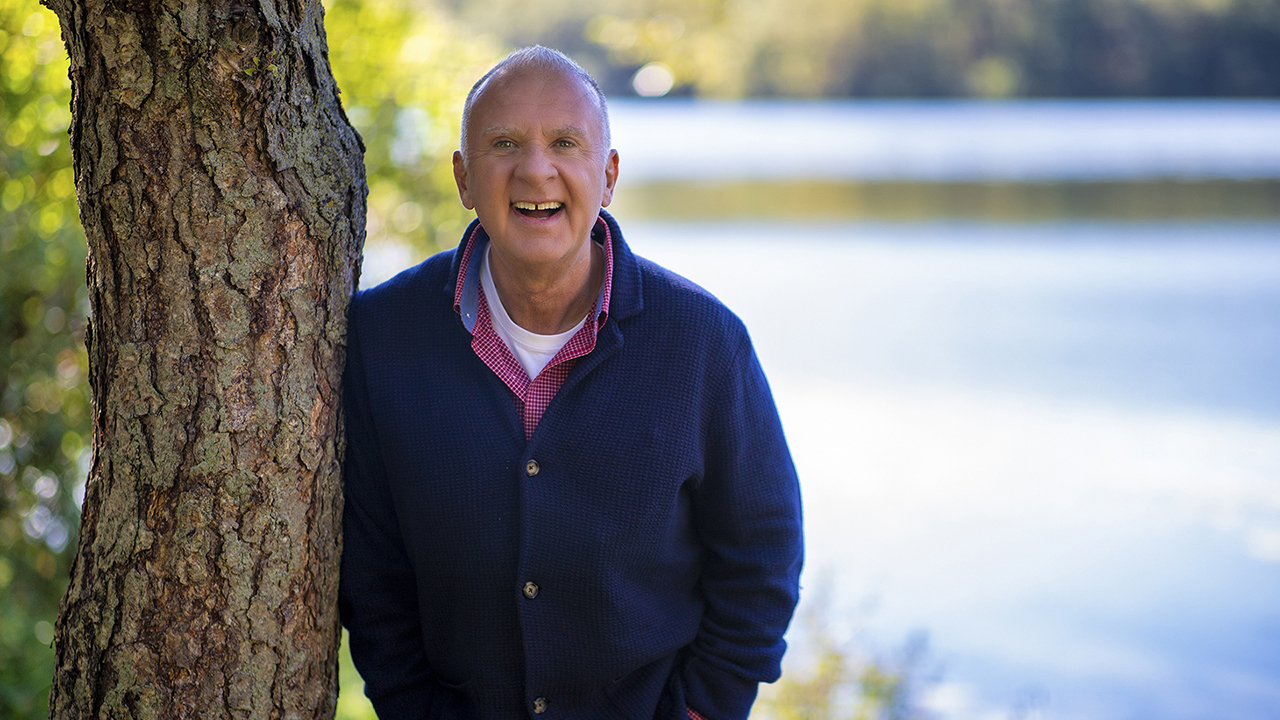




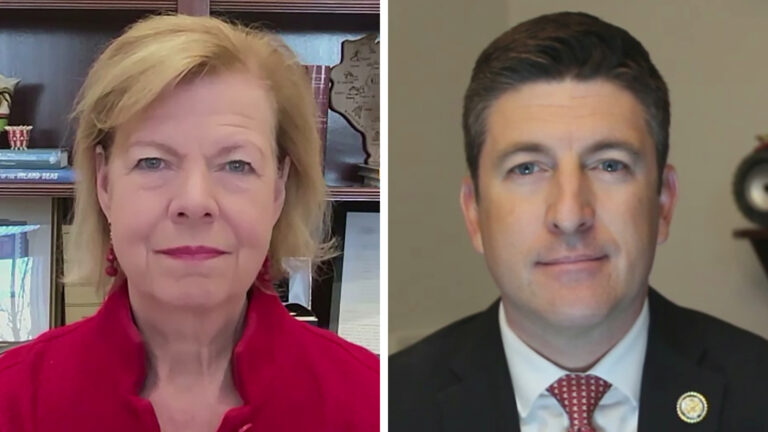

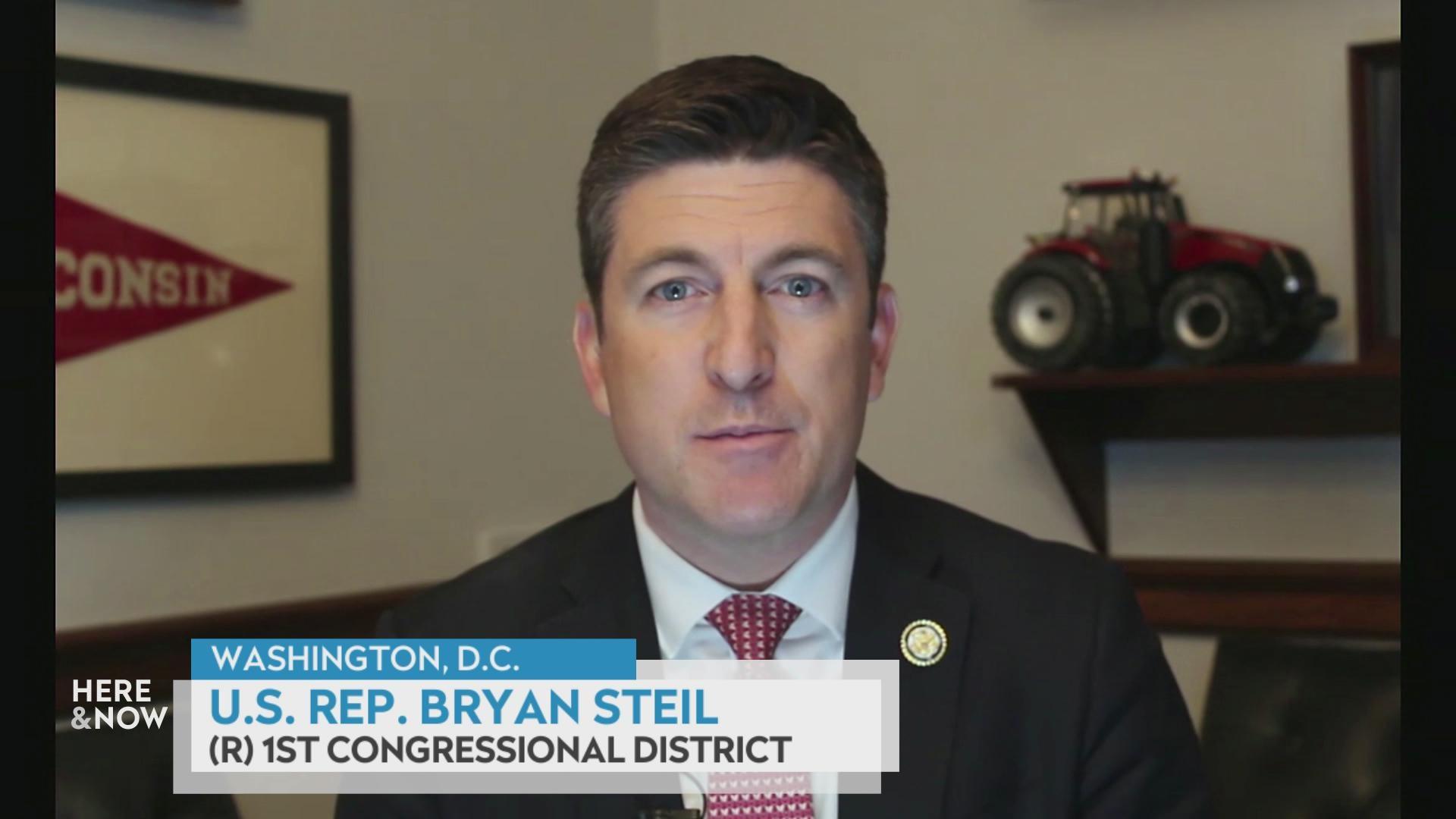

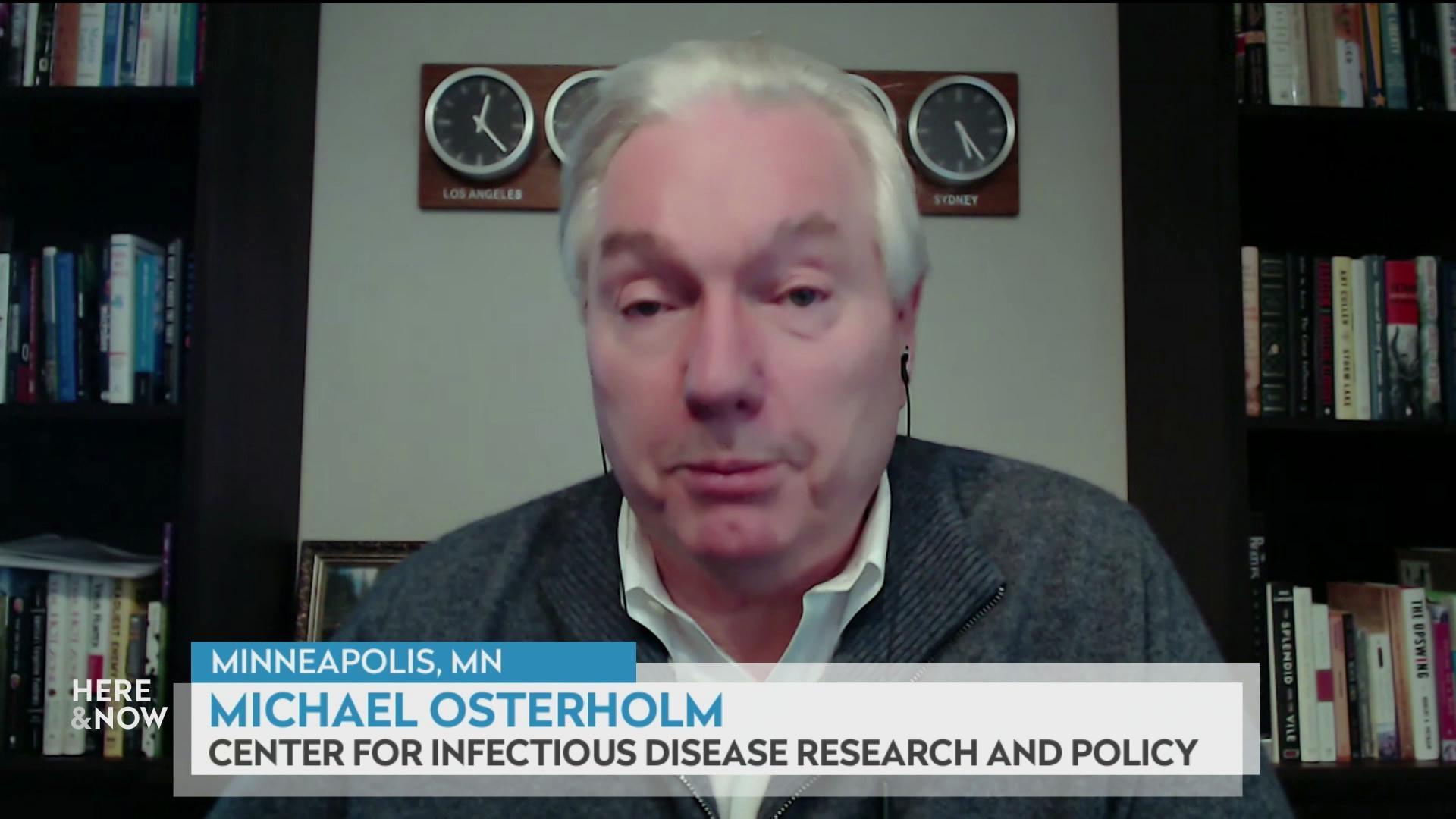
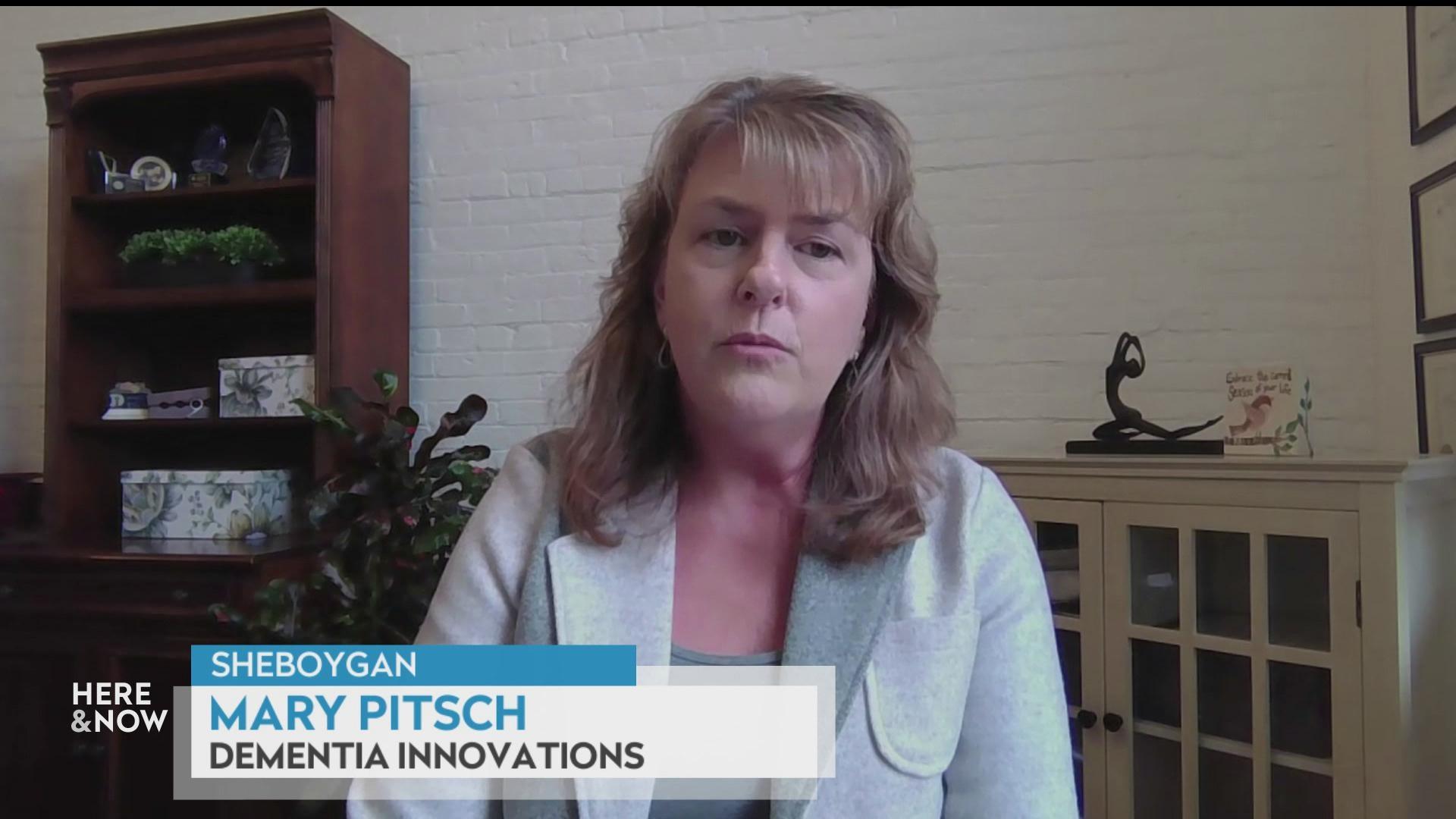


Follow Us